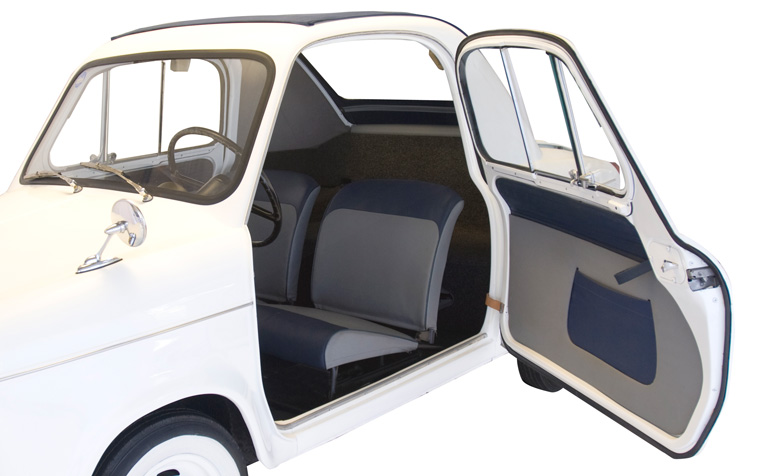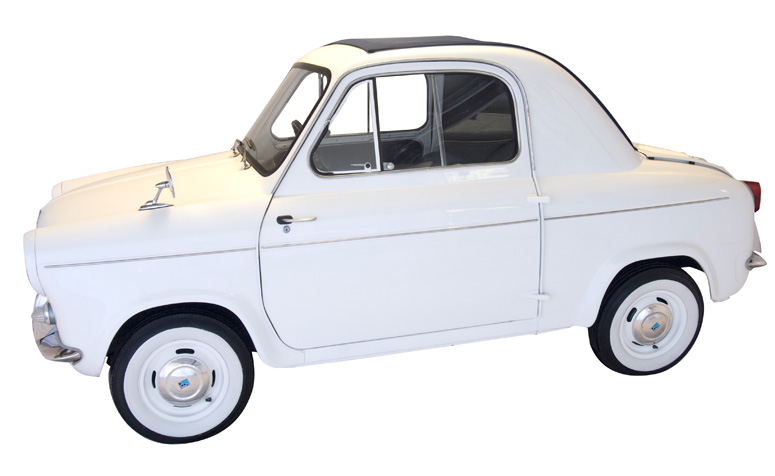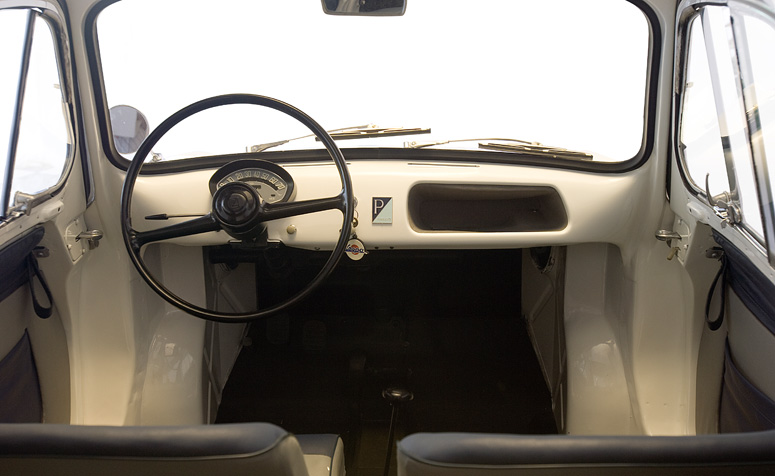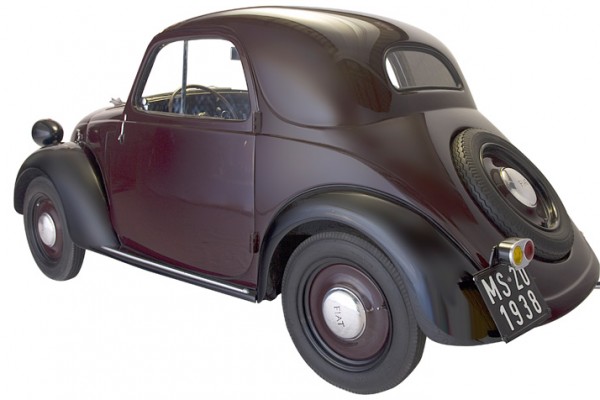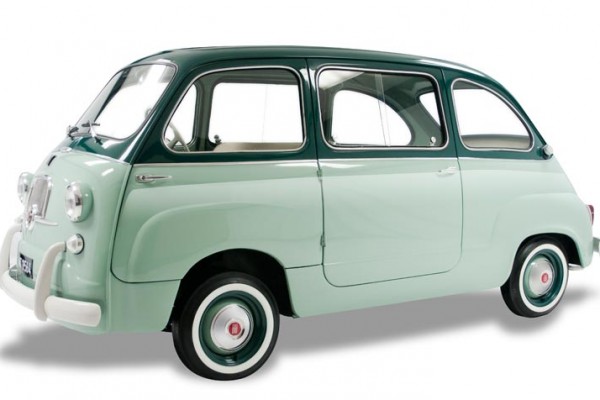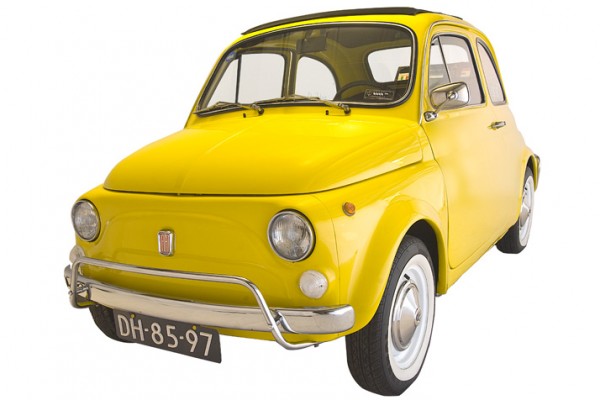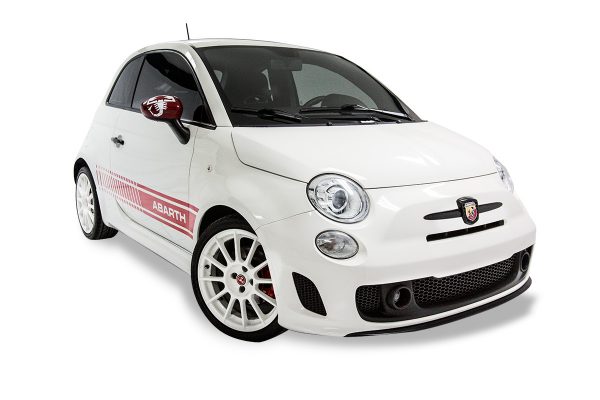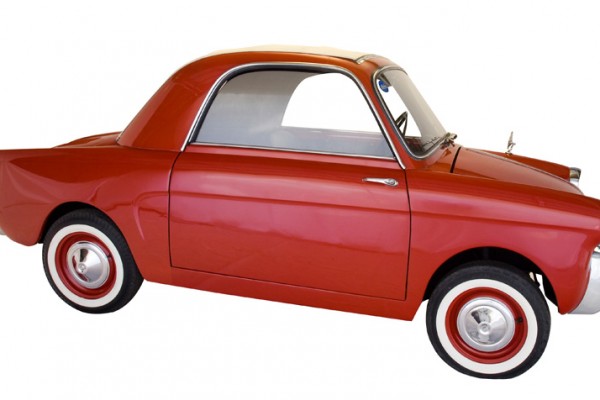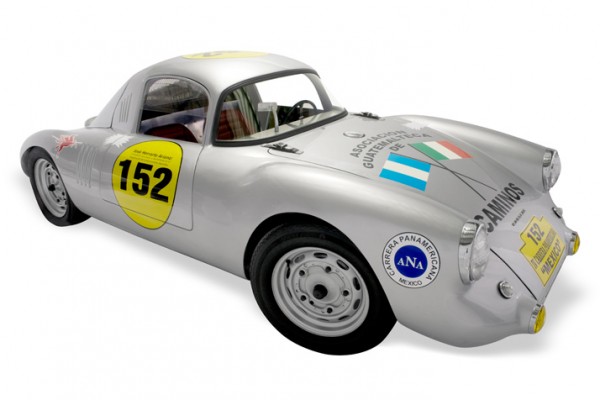The Italian based company Vespa is legendary for their motorscooters. However, the French-built microcar produced from 1957 though 1961, is far less known. Produced by Piaggio, their history dates back to 1884 where they initially produced locomotives and railway carriages.
Enrico Piaggio, the son of Piaggio’s founder Rinaldo Piaggio, was determined to revitalize the Piaggio business and to address Italy’s need for affordable and modern transportation that could traverse the war-torn roadways. Just like Dr. Ferdinand P. of the time, he began designing and building a car for the masses. The result was a very small, two-seater dubbed the Vespa 400. It was labeled as a convertible though it really only had a plastic folding sunroof. It was powered by a rear-mounted, two-cylinder, air-cooled engine that displaced 24.5 cubic-inches and produced 20 horsepower. It was mated to a three-speed manual gearbox and fitted with hydraulic drum brakes in both the front and rear. It had a steel unibody construction and a fuel tank that could store five gallons. With around 60 mpg, this was more than adequate. Top speed was just under 60 mph. The car was priced at $1,080 which made it one of the least expensive and more reasonable micro-cars of the day. Sales were relatively strong, but not enough to convince the Piaggio Company to continue past 1961.


